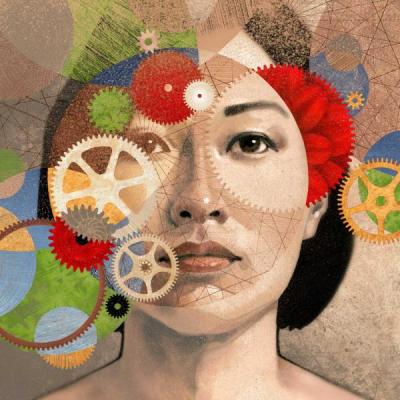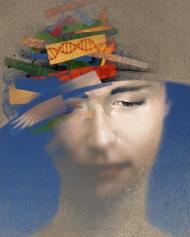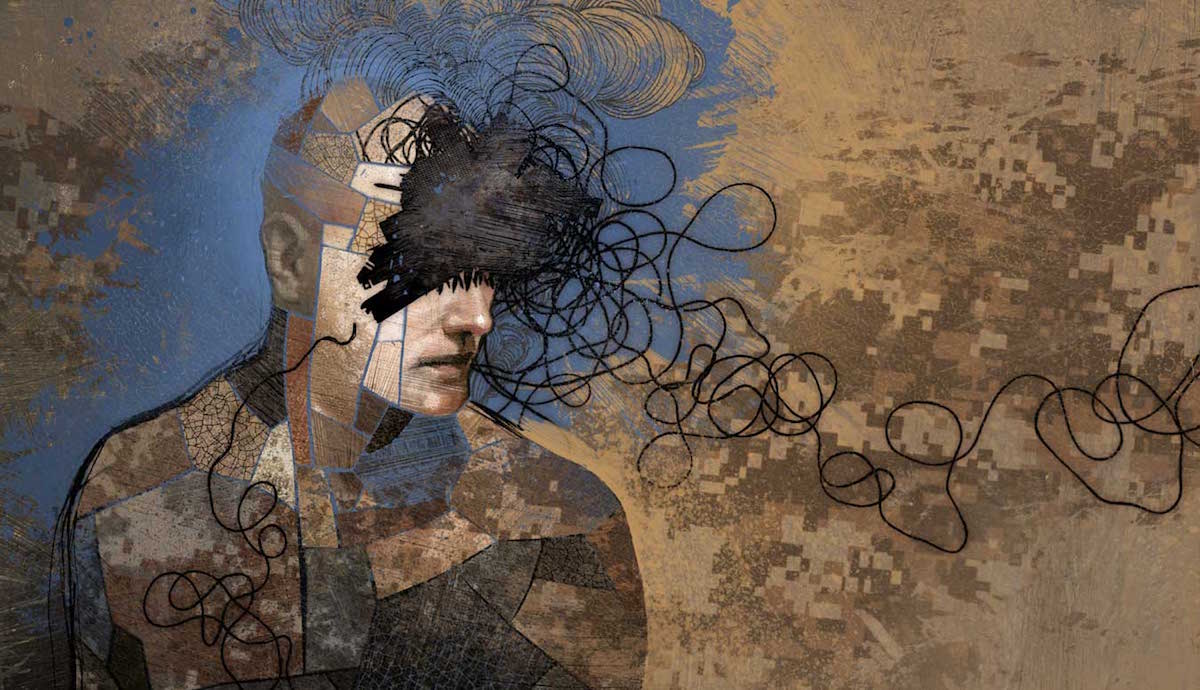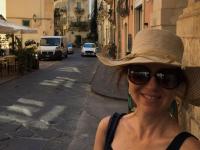The Point of Now
I’ve been recently asked if it’s possible to reconcile the work of the imagination with mindfulness. After all, mindfulness means observing the actual, not the imaginary, in real time with as much of an accepting, non-evaluative stance as possible. That actuality could mean perceiving changes in the flow of our internal talk, changes in our physical state as we write, or changes in our emotional condition, again, as we write.
This question feels particularly salient for creative writers who unlike scholarly or first-year composition writers, for example, devote their time at the desk to evoking scenes of elsewhere and the hypothetical interactions of non-existent populations. The imagination equals what could have happened or what could happen, but it’s not what’s happening right now. It’s a positing of believable possibility, the elaboration of alternatives. It’s adorned, what-if-ed, glittery, exaggerated, darkened, or pulled into different shapes.
And to be capable of creating these illusions, most writers feel they need to depart from the Now (self in tank top mid-morning in office chair at coffee-ringed desk) to fully enter a mental state of flow. Creative writers don’t want to be reminded of that person in baggy tank top: they want to be transported through the writing process to elsewhere, producing pages of new writing without noticing the passage of the clock: this is the bliss that most of us seek.
These writerly skills and desires seem to have all the trappings of plain old mindlessness—when our mind is lured by its own self-talk and goes off-roading, chasing an illusion that’s past- or future-based. The Buddhist notion of “monkey mind” picturesquely captures our typical non-stop tendency to sort and evaluate experiences as “positive,” “negative,” “boring” and how we tell ourselves stories that lure us away into fantasy. According to psychologists and philosophers who have tried to measure the duration of our everyday awareness of the present, awareness of Now is usually sustainable between five and twelve seconds. If we’re training ourselves in mindfulness, we’re working against a human proclivity for elsewhere.
self-talk and goes off-roading, chasing an illusion that’s past- or future-based. The Buddhist notion of “monkey mind” picturesquely captures our typical non-stop tendency to sort and evaluate experiences as “positive,” “negative,” “boring” and how we tell ourselves stories that lure us away into fantasy. According to psychologists and philosophers who have tried to measure the duration of our everyday awareness of the present, awareness of Now is usually sustainable between five and twelve seconds. If we’re training ourselves in mindfulness, we’re working against a human proclivity for elsewhere.
I think one difference between run-of-the-mill lack of present awareness and creative mindlessness is that with the latter we’re usually generating possibilities, which means we’re staying flexible, thinking of multiple options, valences, points-of-view. Ellen Langer has described how mindless learning often means the opposite—fixed contexts, rigid thinking, a reduced sense of resources. As long as we tie this imaginary mental activity at the desk with periodic awareness, check-ins, of our writing bodies, our writing emotions, and our internal conversation—and as long as we stay amenable to impermanence and the ongoing in those three areas—then we’re probably better off as writers. We may even be prolific.
One thing I know for sure from years of mindful writing practice (and this is something I discuss in my recent book, Prolific Moment: Theory and Practice of Mindfulness for Writing) is that creative work that is devoid of occasional-to-frequent mindful awareness is creative work that’s imperiled. The writer who is not present aware is a writer vulnerable to writing blocks. The writer may enjoy extended periods of mindless flow, but eventually he or she will be beached upon the Now, which if not understood will cause suffering. Mindlessness has occurred with the high cost of many writers’ self-confidence, self-efficacy, and enjoyment as well as the loss of possibility. On the other hand, the Now is automatically equipped with the resources we need to write and at the same time is delightfully free of many common stressors of writing that are attributable to future- or past-based thinking.
 The scene in the poem, “Open Valley,” published in North American Review, is a scene of writing block. When I was in graduate school, I misplaced my present moment. I tried all sorts of other methods: a diet of oatmeal and black coffee; punching my fist to increase adrenalin (and writing in red colored pencils); trying to be as disciplined as the modern dancer Martha Graham, giving myself hourly deadlines to make structural advances, phrase by phrase. I lived from one prepositional phrase to the next. I fought off a blank mind. In “Open Valley,” I am crouched on the floor, “hunting” for elusive art, my silent typewriter a few feet away on the desk. I think of that rented room in that dingy student apartment building as the site of a painfully won breakthrough, with much aggression toward the self and toward poetry.
The scene in the poem, “Open Valley,” published in North American Review, is a scene of writing block. When I was in graduate school, I misplaced my present moment. I tried all sorts of other methods: a diet of oatmeal and black coffee; punching my fist to increase adrenalin (and writing in red colored pencils); trying to be as disciplined as the modern dancer Martha Graham, giving myself hourly deadlines to make structural advances, phrase by phrase. I lived from one prepositional phrase to the next. I fought off a blank mind. In “Open Valley,” I am crouched on the floor, “hunting” for elusive art, my silent typewriter a few feet away on the desk. I think of that rented room in that dingy student apartment building as the site of a painfully won breakthrough, with much aggression toward the self and toward poetry.
The Vietnamese Buddhist monk Thich Nhat Hanh says, “We have an appointment with life in the present moment. If we miss the present moment, we miss our appointment with life.” What I was missing in that room in 1997 was the present moment. Now in 2018, writing isn’t a strain but a daily joy. I am deeply indebted to the moment.
Recommended
Nor’easter
Post-Op Appointment With My Father
Cedar Valley Youth Poet Laureate | Fall 2024 Workshop






